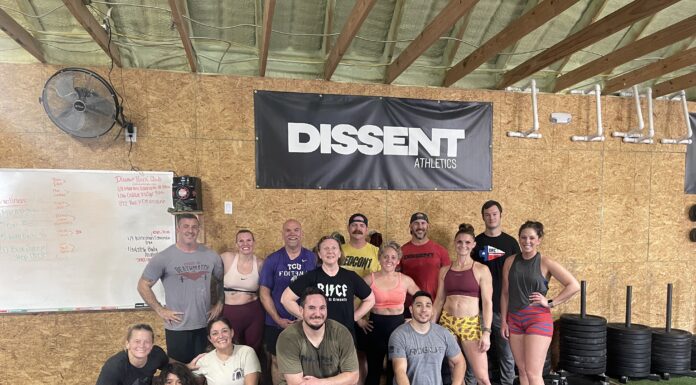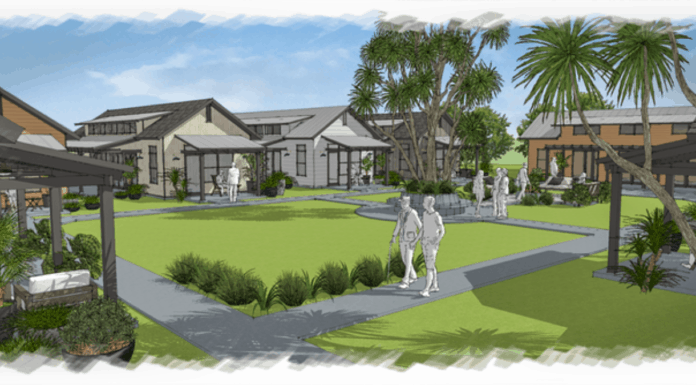About 7 weeks ago our world changed. Life as we know it stopped. Schools closed. Restaurants closed. Bars closed. Gyms closed. The term “social distancing” became in vogue. Walking into a retail establishment with a mask on went from suspicious to requested. Diagnoses, prognoses, body counts, and news briefings from all levels of government are pervasive. Information is changing, inconsistent, anxiety producing, and what comes next is unknown.
During uncertainty and fear, we react just as we are created to react. Our innate biological systems engage in fight, flight and sometimes freeze responses. This is important to understand because biology, psychology, immunology, social connection, and our survival responses are intimately tied to one another. Take a moment to understand this, then the 5 coping skills will be obvious and important. Dr. Stephen Porges developed the Polyvagal Theory to help us understand the intricate and genius system that helps us survive. There are three basic components, 1) Safety or Ventral Vagal state, 2) Fight/Flight Sympathetic arousal state, and 3) Freeze or Dorsal Vagal state.
Humans are designed to be in a Ventral Vagal, Parasympathetic Nervous System state, which is engaged when we feel safe, calm, oriented to our environment, able to connect with our loved ones, curious and open. This is also called “rest and digest,” a time when our immune systems are functioning at their best. When danger presents, such as when a tiger comes on the scene, we move into a hyper-aroused Sympathetic Nervous System state, also called “fight or flight.” When this occurs, we have an “I can” approach to survival and move toward “fight” with frustration, anger, and rage, or toward “flight” with worry, anxiety, fear, and panic. Increases in blood pressure, heart rate, respirations, adrenaline, and blood clotting occur, while shutting off digestion, immune responses, insulin activity, and the ability to relate to one another. If we cannot defeat the tiger and overcome the danger, we may engage the “freeze” Dorsal Vagal, Hypoarousal response in which we have a sense of “I can’t” and feel helplessness, numbness, shame, hopelessness, trapped or in the case of being in the tiger’s mouth literally preparation for death. The same system engages whether we are faced with a literal tiger or the thought of a tiger.
Tempers flare. We isolate, withdraw, and seek out comfort. “Stay-at-home” orders are a step to control a virus (our current tiger). There are things we know and things we do not. As humans, we do not tolerate the unknown well, and one common strategy is to make up worst-case scenarios (more tigers). Being “stuck” at home is creating a sense of being trapped, powerless, lonely, angry at the changing economic picture, and fearful of what is next. Some households experiencing this heightened emotional state are experiencing increased incidents of domestic violence and child abuse. Being a victim of any form of violence or abuse in your own home is like being locked up with a tiger. If you are still with me, you can see the number of tigers that may be triggering the fight/flight/freeze response, resulting in disruptions in sleep, digestion, immune functioning, social relationships, and basic biological functioning.
Dr. Dan Siegel, psychiatrist, says each of us needs to feel seen, safe, soothed, and secure to move past difficult events and into healing. With each of us staying at home and not gathering in our usual community forums, we have lost the ability to connect, to show up and be seen for who we are, and isolation can fold in on itself until it is overwhelming. So as promised with the understanding of practical theory, here are 5 things we may do to cope with COVID-19.
- Seen. Share your experience. Find someone you can talk with who will ACKNOWLEDGE this time in your life and our community’s life. This is not normal. The impact on you needs to be seen. A shared burden is ½ a burden. This can be done at a safe social distance on a walk, over the phone, texting or via many social media outlets. Share your experience. You are not alone.
- Safe. Remember the thought of the tiger? Even thoughts of danger can change our biological, psychological, neurological, immunological, and social structures. Ask yourself, am I allowed to feel safe when I am safe? If you do not feel safe, look around and ask yourself, “are there any tigers in here?” Turn your head and look around, and if there are no tigers, notice again if it is okay to feel safe when you are safe. Consider if you have eaten in the last 24 hours, have access to water, if you are dressed, and is there a roof over your head. If so, that is food, clothing, and shelter. Recognize what is going right. (If you are in need of resources, there is help for you as well. See resources at the end.)
- Soothed. When isolated at home, it is easy to fall prey to addiction which increases isolation and feelings of loneliness. Helping others decreases feelings of loneliness because it decreases helplessness, increases connection, and gives purpose. Mr. Rogers said, “When I was a boy and I would see scary things in the news, my mother would say to me, ‘Look for the helpers. You will always find people who are helping.’” If you look for the helpers, you will find them. Or, be one. Helping others, from your own family members or pets, a neighbor, a family friend, community or larger world helps you be empowered.
- Secure. We all need to feel secure in who we are. Have a schedule, even if it is only a few touchstones. Walk the dog, have a cup of tea, call 1 neighbor each day, make the bed, get up the same time each day, go to bed the same time each night, spend time each day reading, go for a walk, take up a hobby, or have an accountability partner with whom you check in with regularly. and hold up with you. You do not need a rigid schedule, but a few things you can count on go a long way to providing a sense of structure and security.
- With the Fight/Flight/Freeze Polyvagal model in mind, consider how you can engage “rest and digest” on a daily basis. When the Sympathetic nervous system engages, you begin to take shallow breaths, which is not helpful. I recommend having a breathing practice you do daily. I tell clients “where the breath goes, the body follows.” If you have slow steady breaths, your heartrate, pulse, and other body systems will begin to slow. The exercise I recommend is Square Breathing. It goes like this: Inhale for a count of 4, hold for a count of 4, exhale for a count of 4, hold for a count of 4, and repeat 4 times. It takes about a minute to complete. Do it mindfully several times each day for about two weeks and you will find when you need it, you can breathe more effectively.
You are not alone. We are having a shared human experience. We all may have different perspectives and experiences, but at the heart of it we need one another to move through it. Try some of these out and let me know how it goes. If you have suggestions for topics you would like to have more information about, you can email me at [email protected]. Until then, see you around our town…at a safe social distance.
Susan Reed MSSW LCSW MPA is a psychotherapist, EMDR certified clinician, consultant and trainer who specializes in treating complex trauma, anxiety, and phobias. She loves Kennedale where she gardens, plays Bunco, walks her dogs, and is a Rotarian.



































